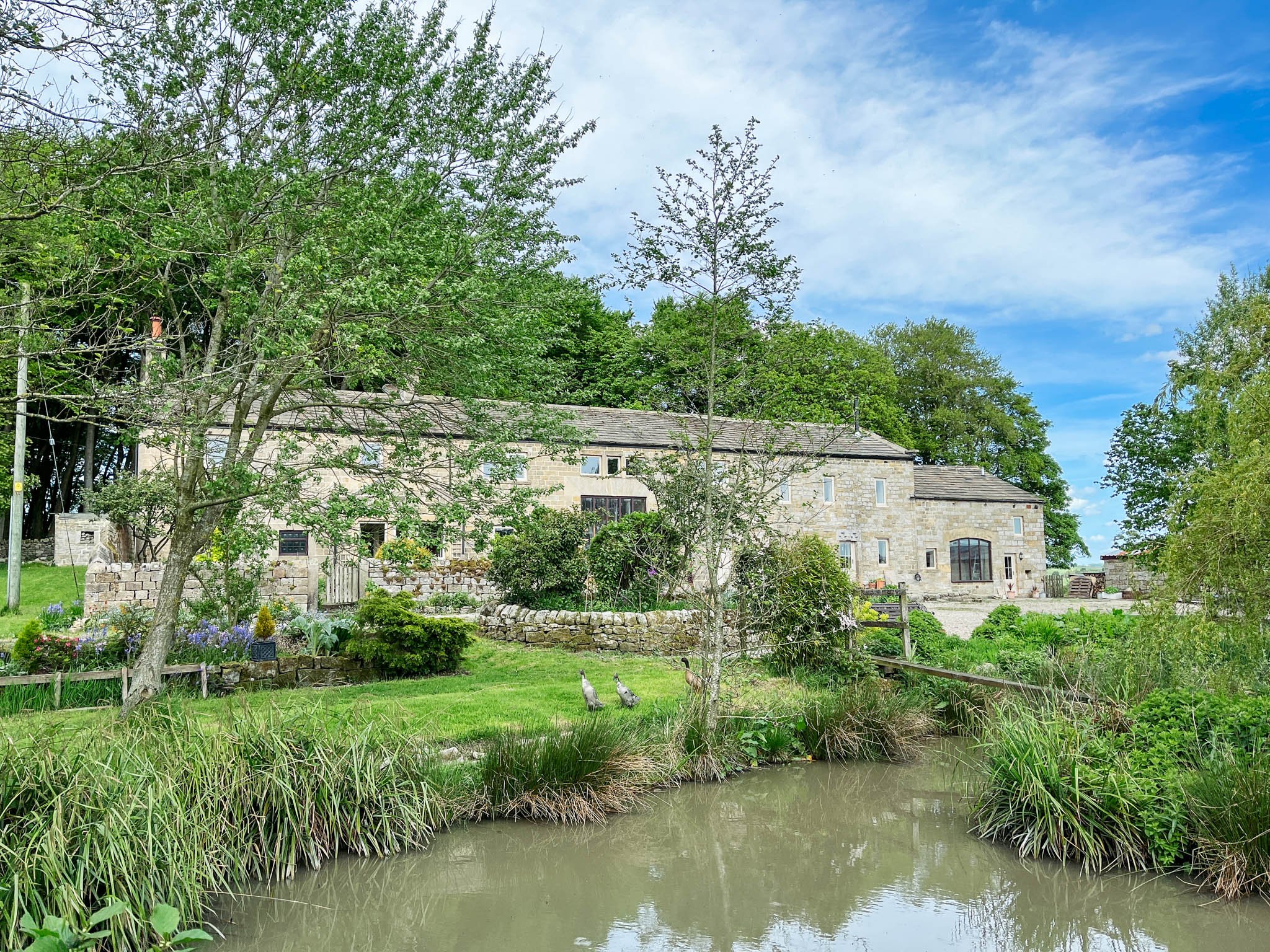
Welcome
Join us as we renovate a 36 room, 19th century Farm in the Yorkshire Dales.
Hello, I’m Rosie, an Interior Textile Designer and heritage renovation enthusiast documenting the journey of renovating and restoring our multigenerational home in rural North Yorkshire. Expect plenty of DIY, a menagerie of animals and feathered friends, and lots of mishaps and adventures along the way.

From the Blog
Details of our thoughts and plans for the Farm, in depth conversations on methods and materials, discussions with craftspeople and Interior Design inspiration.
Join us on Instagram
Snapshots of life at the Farm, updated throughout the week.
After around 3 years of living in it whilst renovating the Cottage next door, trying to understand how we use the space, and how we wanted to use the space, in January 2024 we finally settled on knocking out an opening between the two rooms to create a more open plan living space. I had seen that Smile Kitchens had just launched a new shaker inspired kitchen, I knew that was just what we were after!
Over the past few weeks, we’ve put a hold on work inside the Cottage and instead have turned our attention to the area of patio at the front of the house. The terrace runs the full length of the Farm at the front, wraps around the east elevation and continued all the way along the back of the houses too - covering around 6,500 square feet in total…
When we began work on the bathroom, like all of the rooms here, there wasn’t anything inherently ‘wrong’ with the space at first glance. It was a generous sized room, with neutral marble-effect tiles on the walls and floor, simple fixtures, and magnolia walls and woodwork. The room felt sparse, with a large area of unused space, and it was quite tired…
When we were scouring the property market for the Farm, the one very explicit requirement I had was that I did not want to buy a property with beams. I didn’t like them, I didn’t want them in my house, and I definitely didn’t want the job of restoring them! But, a year and a bit later, I’ll admit I now find the sight of these old lengths of timber pretty inviting…
Once your plaster has cured, you can start to think about painting. Whilst lime plaster doesn’t have to be painted, its likely the finish a lot of us will choose, both for its aesthetic benefits and as an added level of protection for our plaster. However, standard, off the shelf paints that you might find in your local hardware store just aren’t going to be right for use on lime plasters ….
It’s no secret that taking on a project the scale of the Farm has at times left us scratching our heads, and nothing more so than making the decision to replace the windows at the Farm. When we purchased in April 2021, we did so with the knowledge that every window and door here needed to be replaced, but that didn’t make the practicalities of doing so any easier…
I’m writing this post from my office at the Farm, surrounded, finally, by piles of samples. This is a stage of renovating that has often felt completely out of reach, and is a reminder of how far we have come with the renovation of the Cottage, whilst also being a sign of the exciting times ahead. We’ve been renovating the Cottage for just over a year now…
One of the biggest technical challenges we faced with lime plastering was how we would finish the window reveals. We thought it might be a helpful post to share if any of you are in the same boat, and are wondering how to finish your reveals too.
Following on from last weeks post, Lime Plastering Part 1, today we’re going to look at the plastering process in more detail, the plaster’s we have used, and a brief look at paints and finishes.
Lime, and lime plastering in particular, is a material that we have had to wrap our heads around quite quickly since moving into the Farm last April, in order to ensure we have been making the best decisions for our property…
Pointing is a technique used to ‘finish’ the gaps between stone or brick in construction. It uses mortar, which is a workable paste made by combining a binding material such as lime, cement, or earth…
It feels incredibly exciting to finally be able to write a post about our inspiration for a space, rather than on how we’ve made another mess this week! Though that is of course an inevitable part of the process for any room we renovate…
If you’ve been following our journey for any length of time, you may already know that the Cottage is the first of the houses we are renovating at the Farm. It’s is stone built, shares a party wall with the Mistal, and began work on it back in July 2021…
Mouldy corners, blown plaster, musty smells, and rotting beams. I’m willing to bet that damp is an issue that almost everyone who owns a pre-war property has faced. But damp is often misunderstood, and can also be one of the most expensive issues to resolve…
I’ve always been a little obsessed with property. I grew up in a renovation, surrounded by missing floorboards and dust as my parents brought a Victorian home back to life, and my childhood holidays were spent in idyllic rural France where the tumbledown gîtes and villas always captured my imagination…






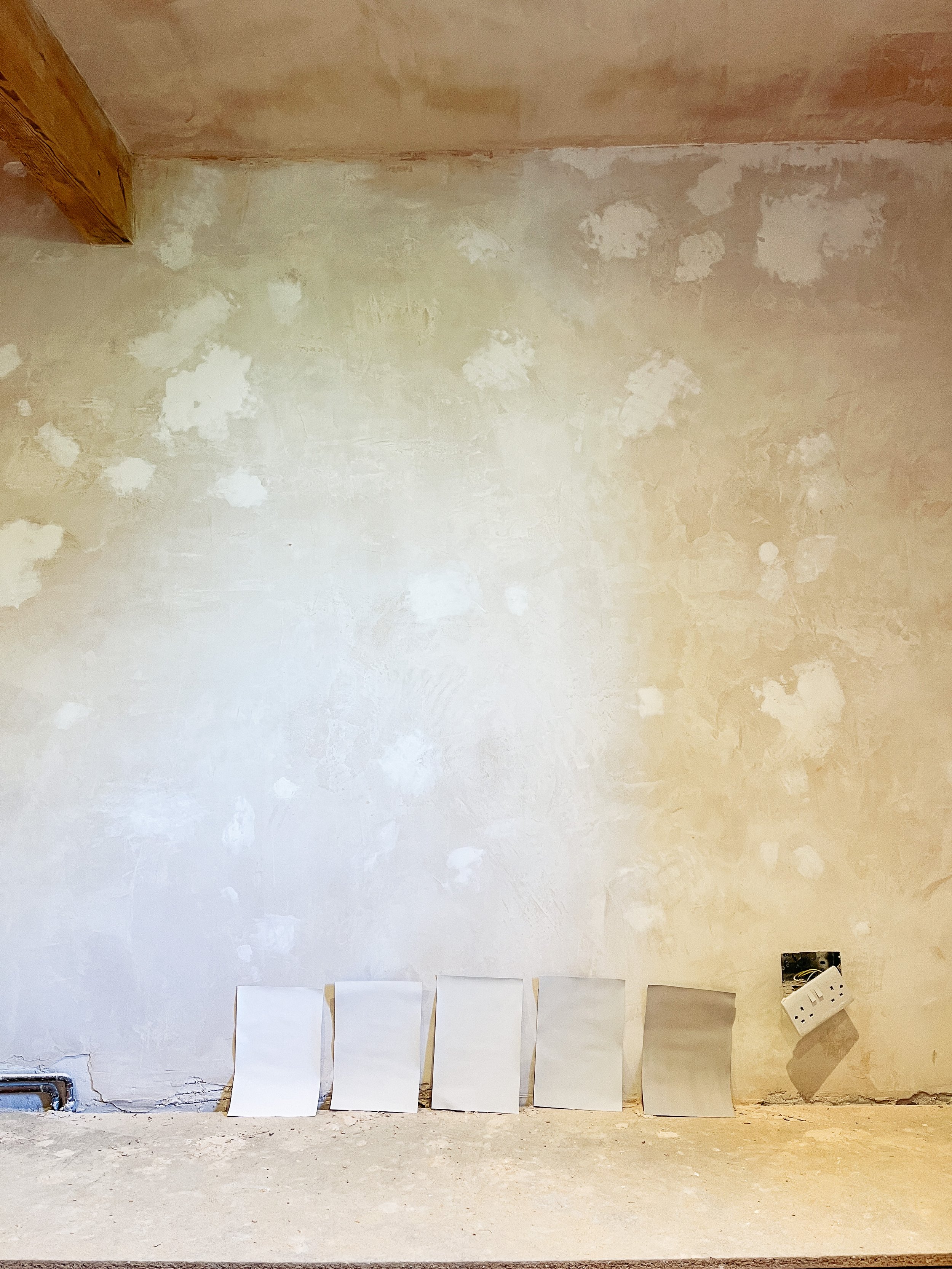



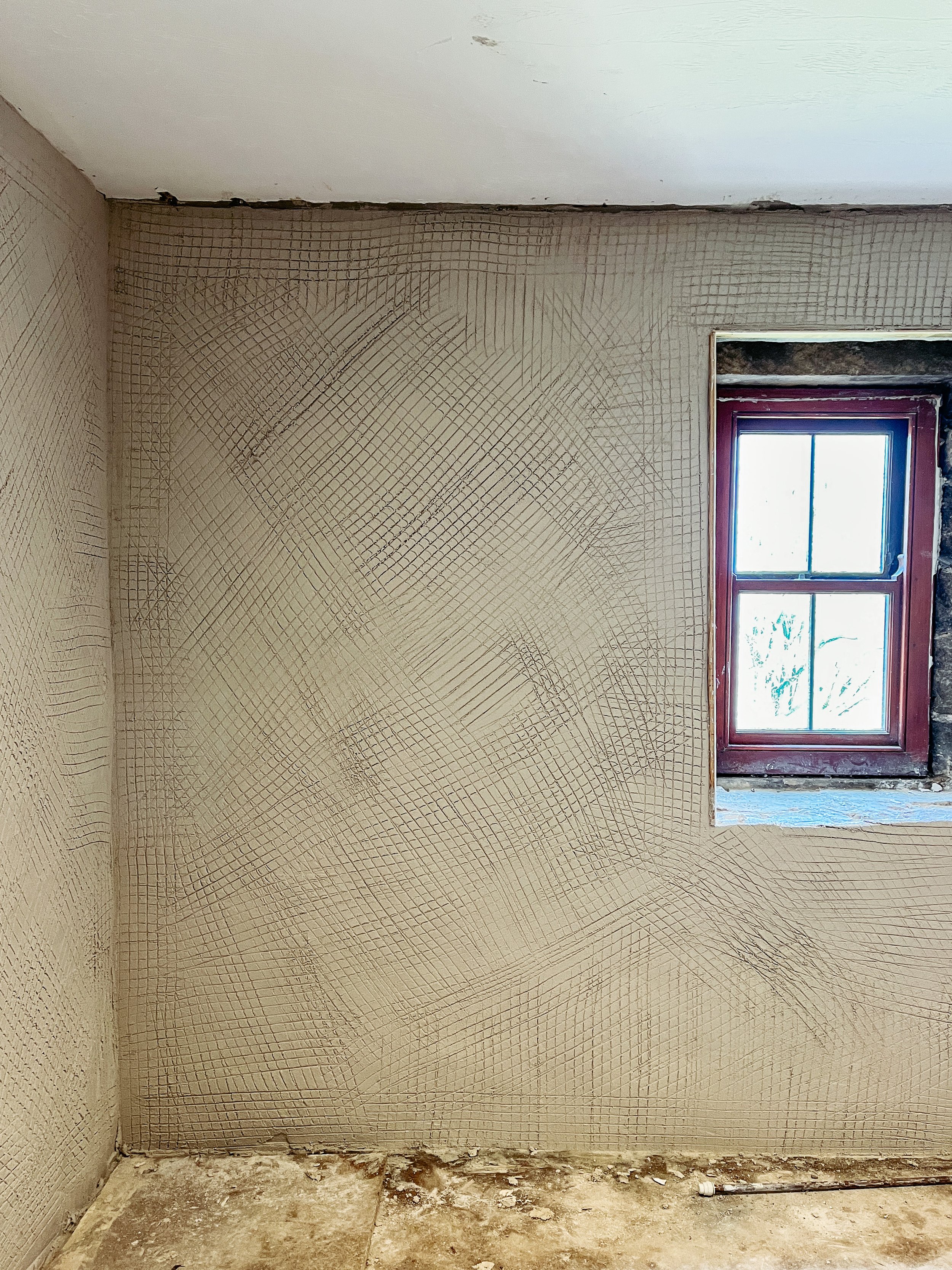
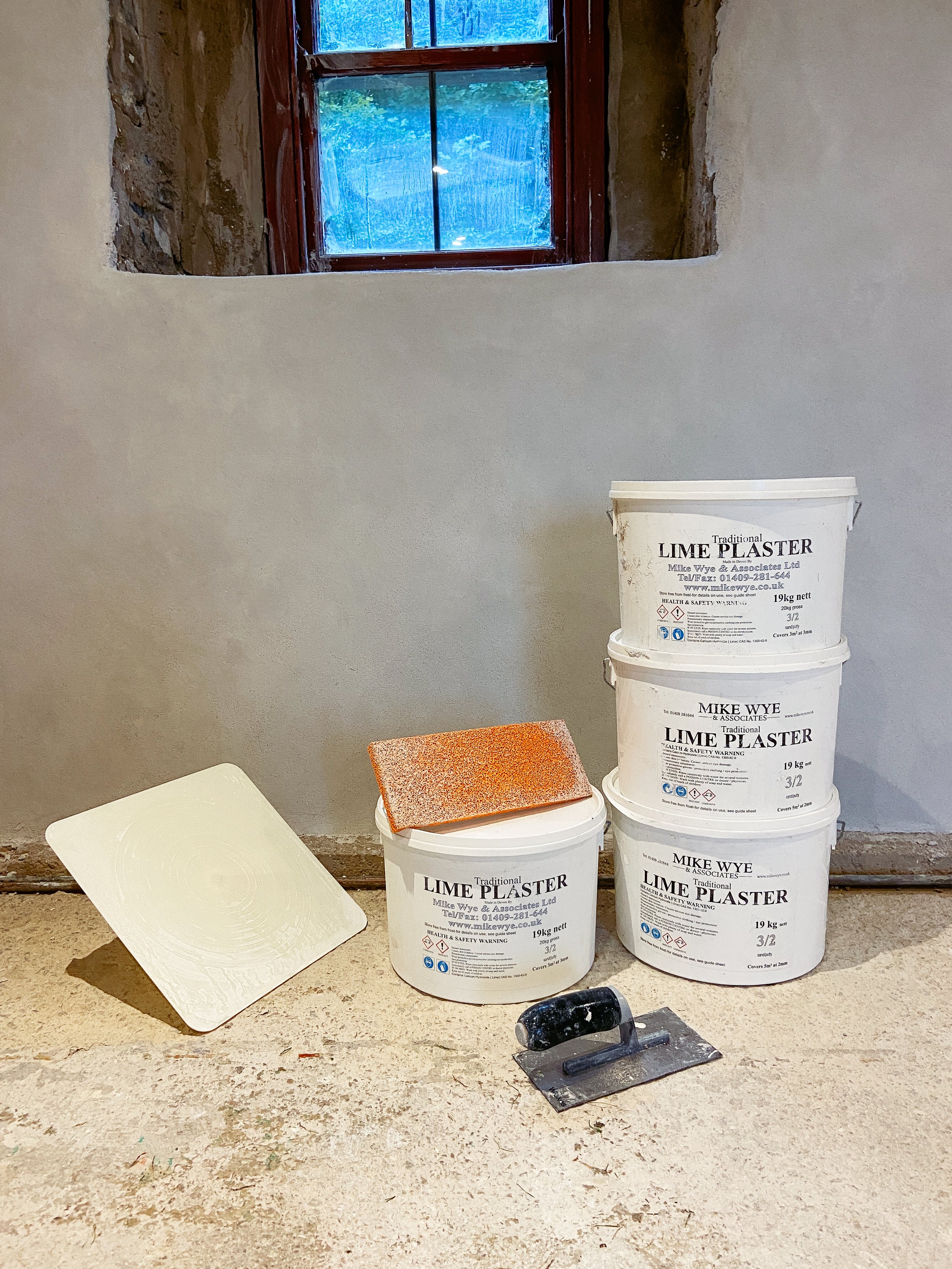
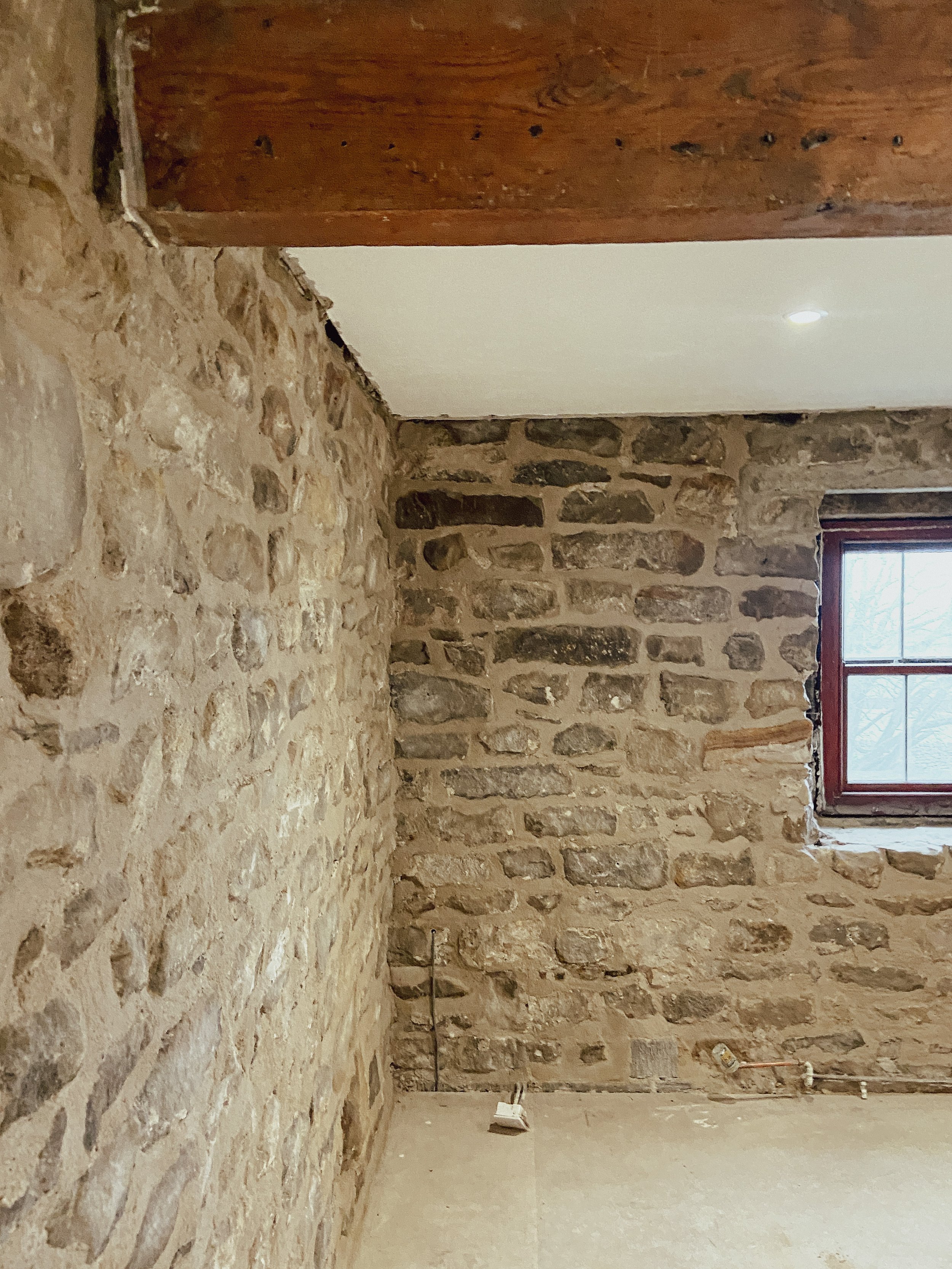

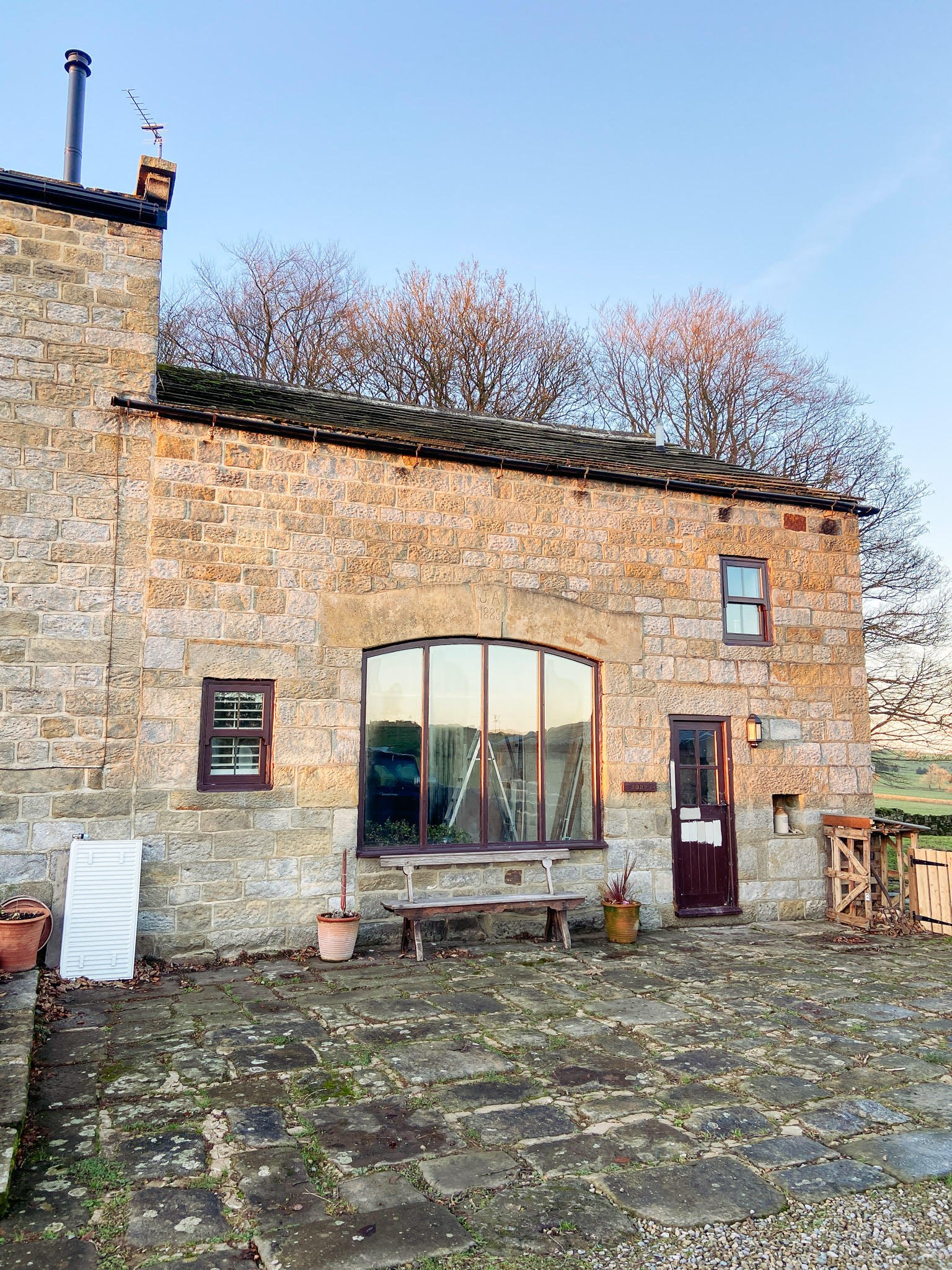

















After around 3 years of living in it whilst renovating the Cottage next door, trying to understand how we use the space, and how we wanted to use the space, in January 2024 we finally settled on knocking out an opening between the two rooms to create a more open plan living space. I had seen that Smile Kitchens had just launched a new shaker inspired kitchen, I knew that was just what we were after!